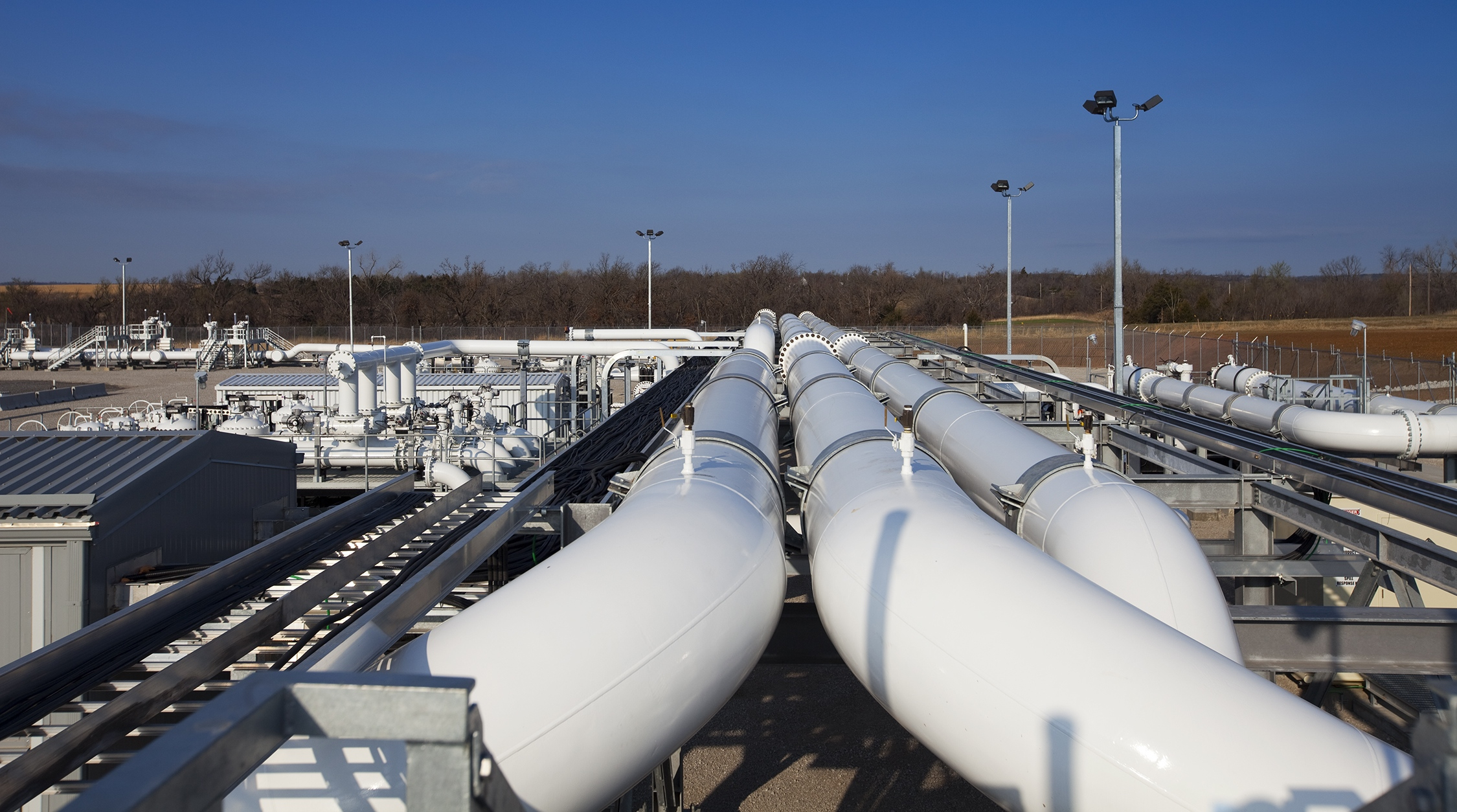WASHINGTON — A legal dispute over the Keystone XL Pipeline in Nebraska gives President Barack Obama leeway to hold off on deciding the fate of the energy project until after the midterm elections. But sparring between environmentalists and energy advocates rages on nationwide.
On Sept. 5, the Nebraska Supreme Court will hear oral arguments over whether a 2012 law giving Nebraska Gov. Dave Heineman authority to approve the state’s leg of the $5.4 billion Canada-to-Texas oil sands pipeline violates the state constitution. If the Nebraska Supreme Court upholds a lower court ruling favoring landowners, TransCanada Corp. would have to convince the state’s Public Service Commission to okay the project’s proposed route, which could take six to nine months.
Natural Resources Defense Council lawyer Anthony Swift said if the commission proposed an alternate route to avoid the most sensitive and water-intense areas, it would require additional evaluation on the federal level.
“If TransCanada would have gotten their pipeline route approved through the Public Service Commission to begin with,” said Jane Kleeb, director of Bold Nebraska, a landowners’ group opposing Keystone XL, “the president would have already had everything on his plate in order to make a proper decision.”
But Norman Ornstein, a scholar at the conservative American Enterprise Institute, said the Nebraska case gives the president “more traction against the criticism that he is doing this for political reasons.”
“Heading into the midterm elections, the last thing that Democrats want is to have an environmental movement up in arms if he okays the Keystone pipeline,” he said.
David Manning, Alberta government’s representative in Washington, also doesn’t expect movement until after the midterms.
The more-than-five-year wait for final approval from the White House has frustrated labor groups, many of which favor the pipeline as an opportunity to create thousands of jobs. According to the State Department, the project would support more than 42,000 direct and indirect jobs, including approximately 3,900 construction jobs.
“This has been a ridiculous process by which politics were allowed to triumph over science and reason,” said David Mallino, legislative director of Laborers’ International Union of North America.
But the president will need to eventually make a decision, likely in early 2015, to minimize the political impact on the 2016 presidential election, Ornstein said.
“Most of us expect ultimately the president would approve the pipeline. You are going to get a sizable outcry from at least a core portion of the environmental community,” he said.
“You’d rather have that emerge two years or a year and-a-half before the next presidential election, instead of six months before,” he added.
The proposed Keystone XL, if completed, would run 1,179 miles from Alberta to Steele City, Neb. and connect with other existing legs in the 2,639-mile Keystone system, conveying crude oil from Canada to the Midwest and the Gulf Coast of Texas.


